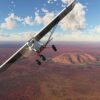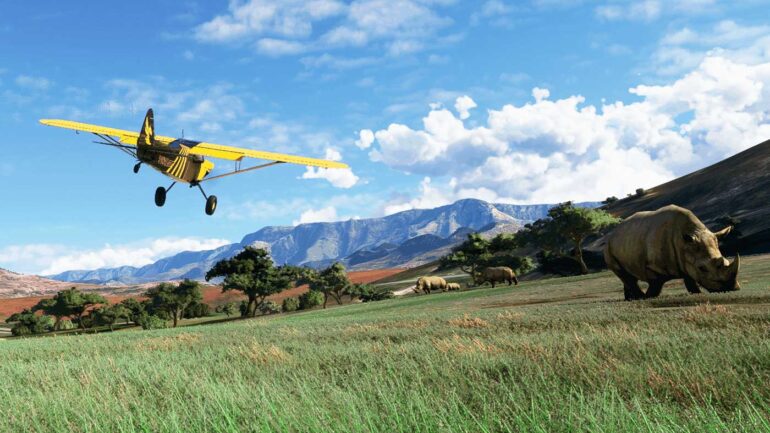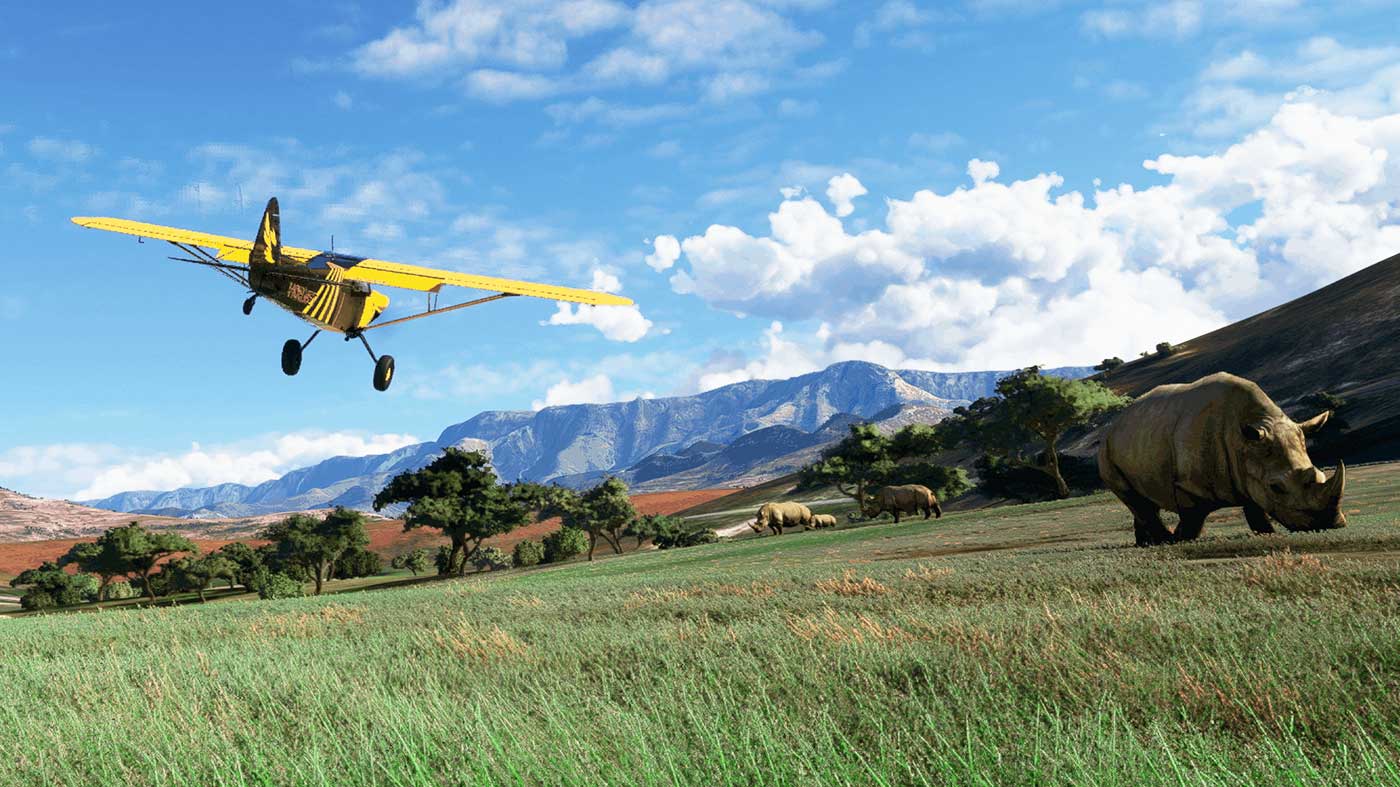When I reviewed Microsoft Flight Simulator on PC this time last year, the tech was insanely impressive, but what was even more impressive was the game’s ability to transport me literally anywhere in the world at a time where I couldn’t even visit bordering states. 12 months on and it’s hard to believe that we’re in an almost identical, if not worse spot when it comes to travel, but Microsoft Flight Simulator has become even better.
Microsoft Flight Simulator on Xbox Series X|S is largely the same experience as it was on Windows 10. You can fly absolutely anywhere in the world, whether it be flying locally in Melbourne or straight to the Giza pyramids in Egypt. It’s an extremely freeing feeling that is a basic concept on paper but there’s something still liberating about being able to take off and go anywhere in reality.
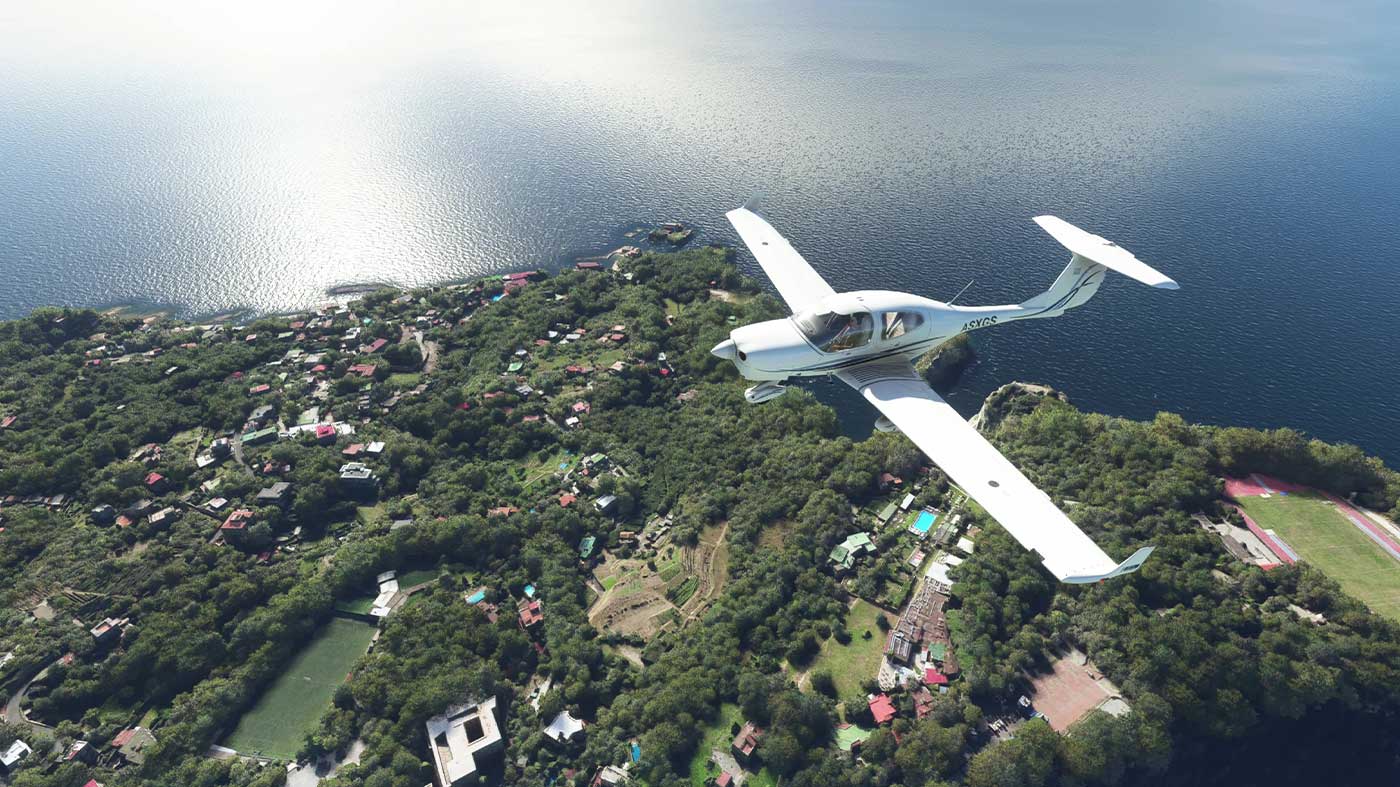
The PC version wasn’t the strongest offering visually – with some of the latest cards even struggling to hit 60FPS, but the Xbox Series X experience feels better optimised. While it’s capped at 30FPS, I still preferred the overall experience over what I had on my PC when I played the game last year with a 2080. There are still drops, but for the most part, the framerate is consistent. This might seem like a major turn-off for some people, but due to the fact that you’re traveling so slowly in the air, it’s not at all noticeable. The team at Asobo has done a fantastic job at getting this running on Xbox Series X.
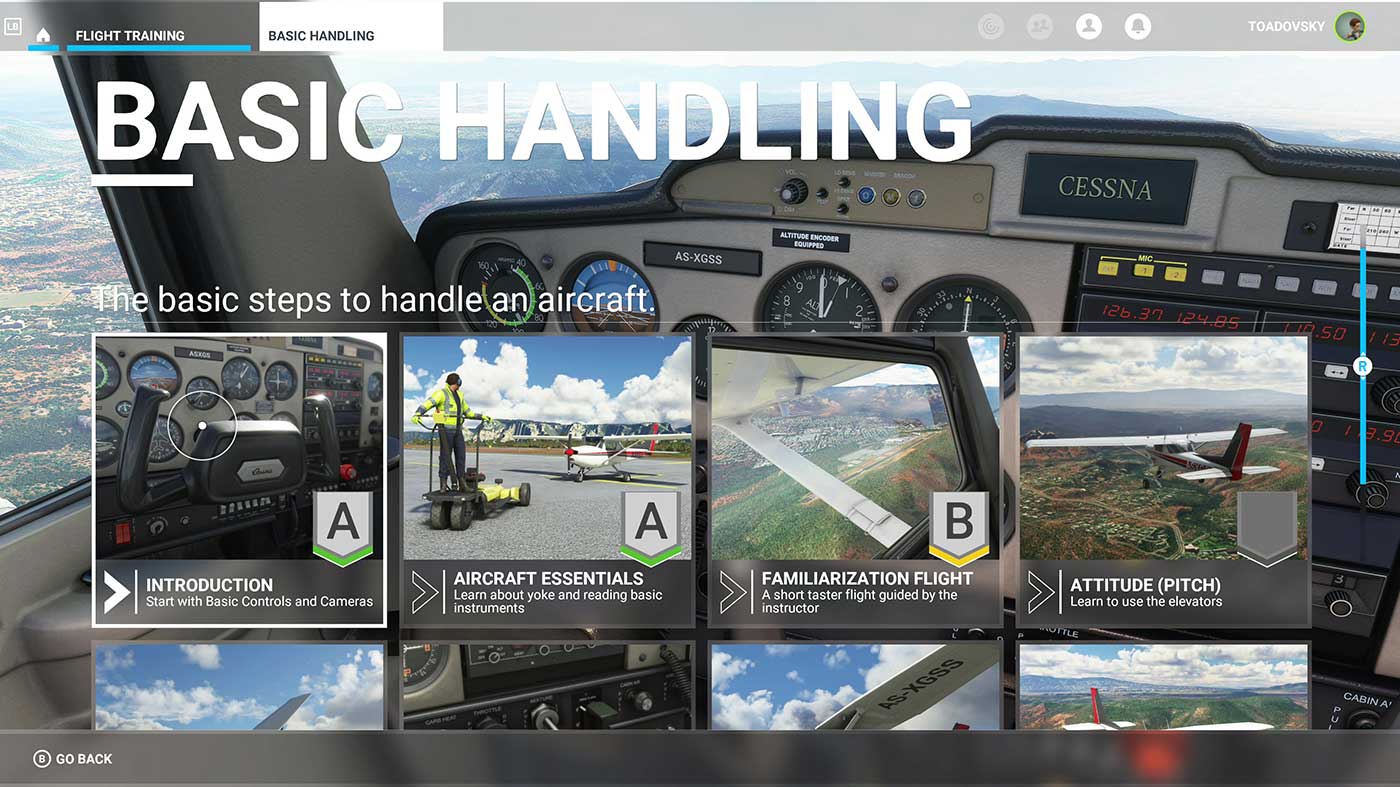
My major issue with the game at launch was that it was sorely lacking for those who like a bit of structure to the game. While that’s still the case here, it still feels a lot more accessible. Tutorials have been refined and broken down into shorter segments so as not to overwhelm players (there’s now eight whilst on PC there were 20). This is a welcome change because they felt far too long in the original. It’s a nice change because it lets casual players jump off and get flying quicker, or those who want something more stick around to learn everything rather than being forced to just learn everything at once.
Discovery Flights are the newest addition and I feel like that’s where most players will jump in and have the best time. There’s sixteen locations – including Rio, New York and other iconic locations like Mount Everest. After selecting a discovery flight you’re dropped straight at the location with the stress of needing to fully take control or worry about taking off and landing.
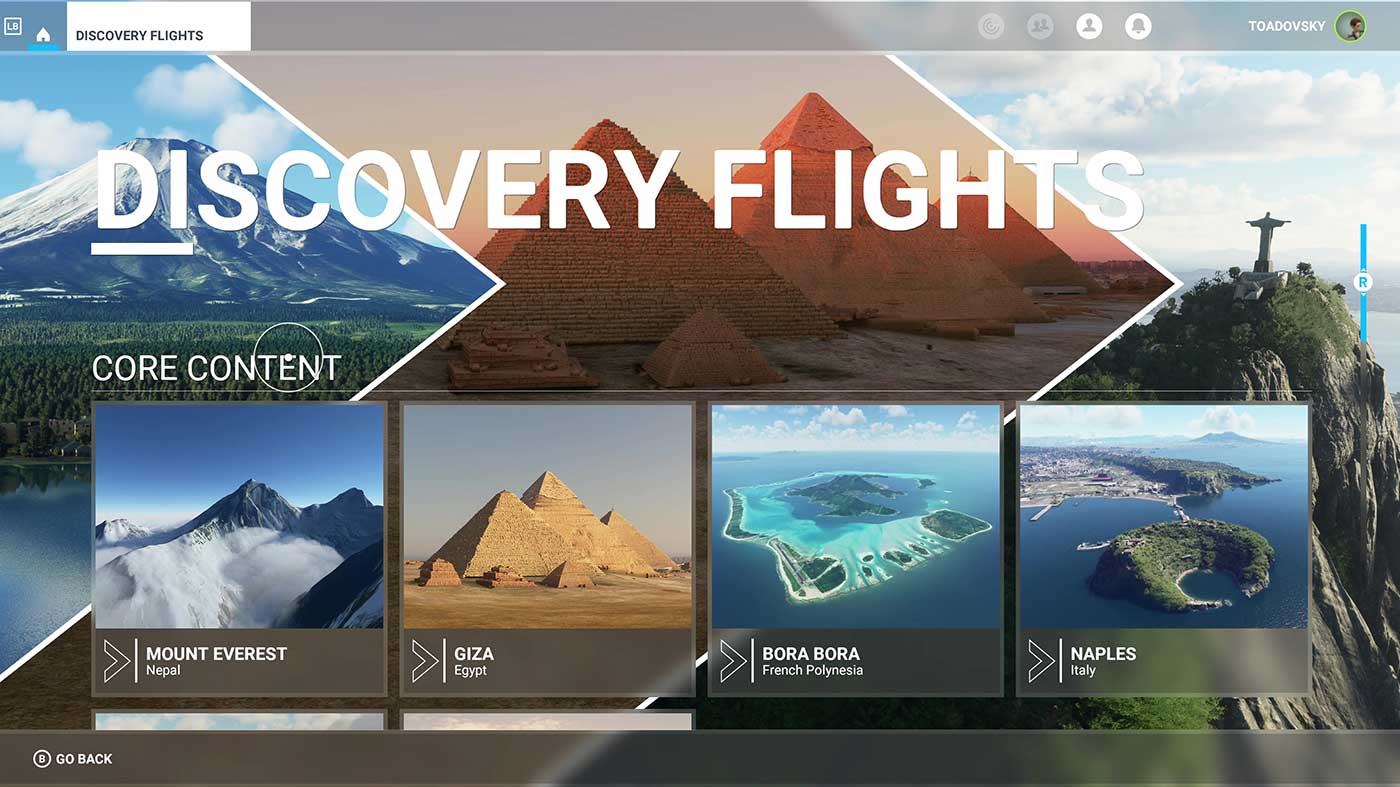
Playing the game with a controller was a decent enough experience on the original PC release and it feels the same on Xbox.. The game is more than playable with a controller, but you can also connect a keyboard or one of the many Microsoft licensed accessories if you want a more authentic experience.
An advantage of being made for the Xbox hardware specifically too, Flight Simulator for Xbox Series S|X enjoys much better load times. Loading into locations only takes seconds, which makes for a much more pleasurable experience, especially if you’re jumping between locations.
My only resounding complaint about Flight Simulator is that there’s still not a whole lot of game here. I can see almost anyone jumping in and having a great time for a day or two, but if you’re not a huge flight enthusiast or someone with a genuine curiosity to explore the world, then you’re probably not going to feel compelled to return to the game regularly.
You should definitely head over and read our interview with Head of Microsoft Flight Simulator to better understand how the game has harnessed the power of Xbox Series X and expanded on the PC version.
ORIGINAL PC REVIEW
When I wrote about Microsoft Flight Simulator a couple of weeks ago, I was blown away with the technology, had a really great time getting the basic flight mechanics down, and finding landmarks to travel to. Now that I’ve had a lot more time with the game, and have had time to experience things like multiplayer, this isn’t just a game that I wanted, it’s a game that I needed.
You would think that flying a propeller plane through the Himalayas or a sea plane through a thunderstorm in the South of France would be a stressful experience, and it is at times, but it’s equally relaxing. I wrote in my preview that the game suffers from a lack of objectives and things to do (for casual players), but I’ve come to realise that one of the best parts of Microsoft Flight Simulator is that there are no set goals or boundaries.
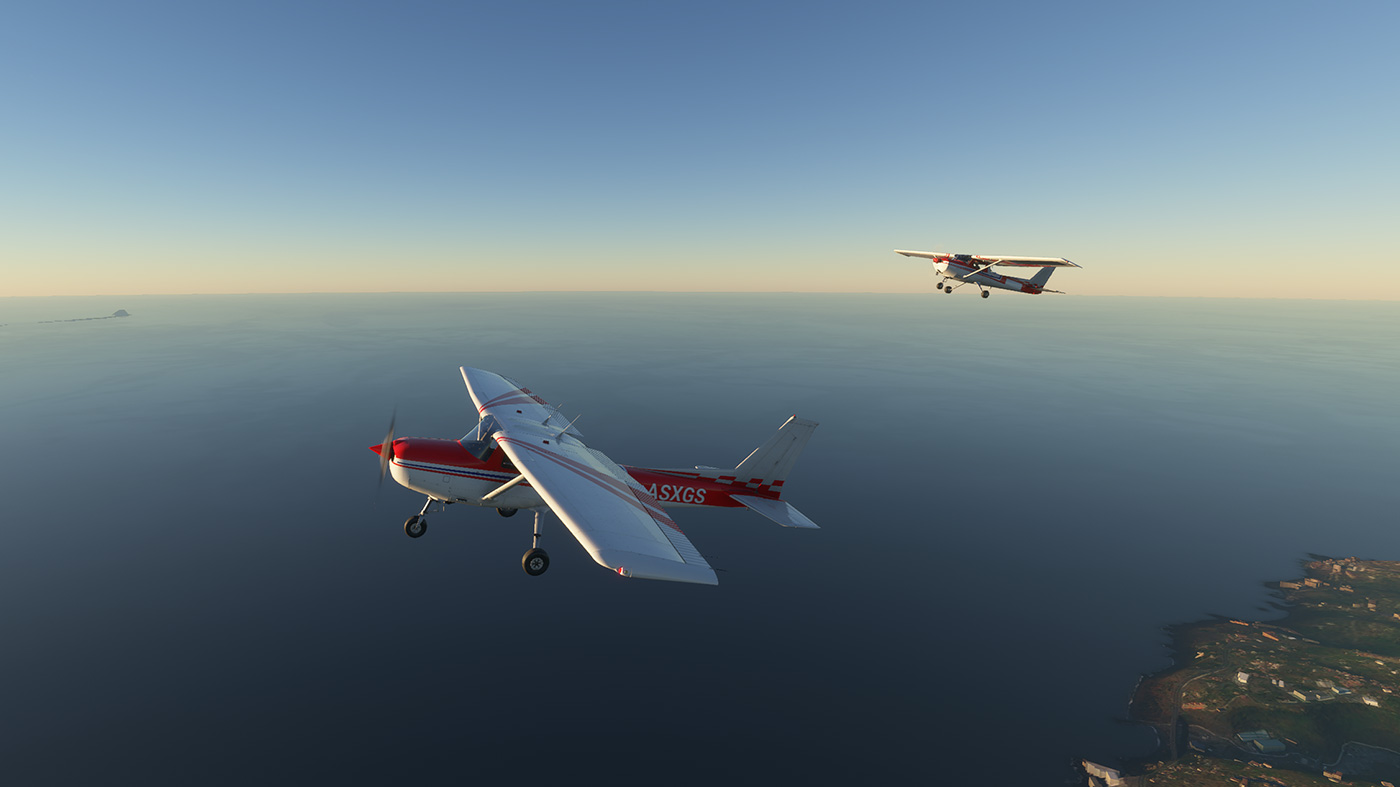
It’s not only an absolutely great way to take in parts of the world, but it’s equally a great way to unwind. I’ll admit, after 10-15 hours with the game, I turned down a few of the game’s collision systems (the game allows you to turn assists on, off or in the middle), making it so I couldn’t over-stress my plane or experience any crash damage, so I could literally land and take off from anywhere, which made it a much more freeing experience.
I never thought that I’d be saying that Microsoft Flight Simulator makes the perfect game to chill out and catch up with friends, but it absolutely does. Spending a significant amount of time with multiplayer, the experience went to a new level for me. What was initially a quite isolating experience became something that I got to experience with other people. Taking in the same sights, trying to challenge ourselves by landing and taking off from unthinkable areas and just generally taking in everything that the world has to offer. The game allows you to make make your own fun, and there’s nothing better than having the entire world as your playground.
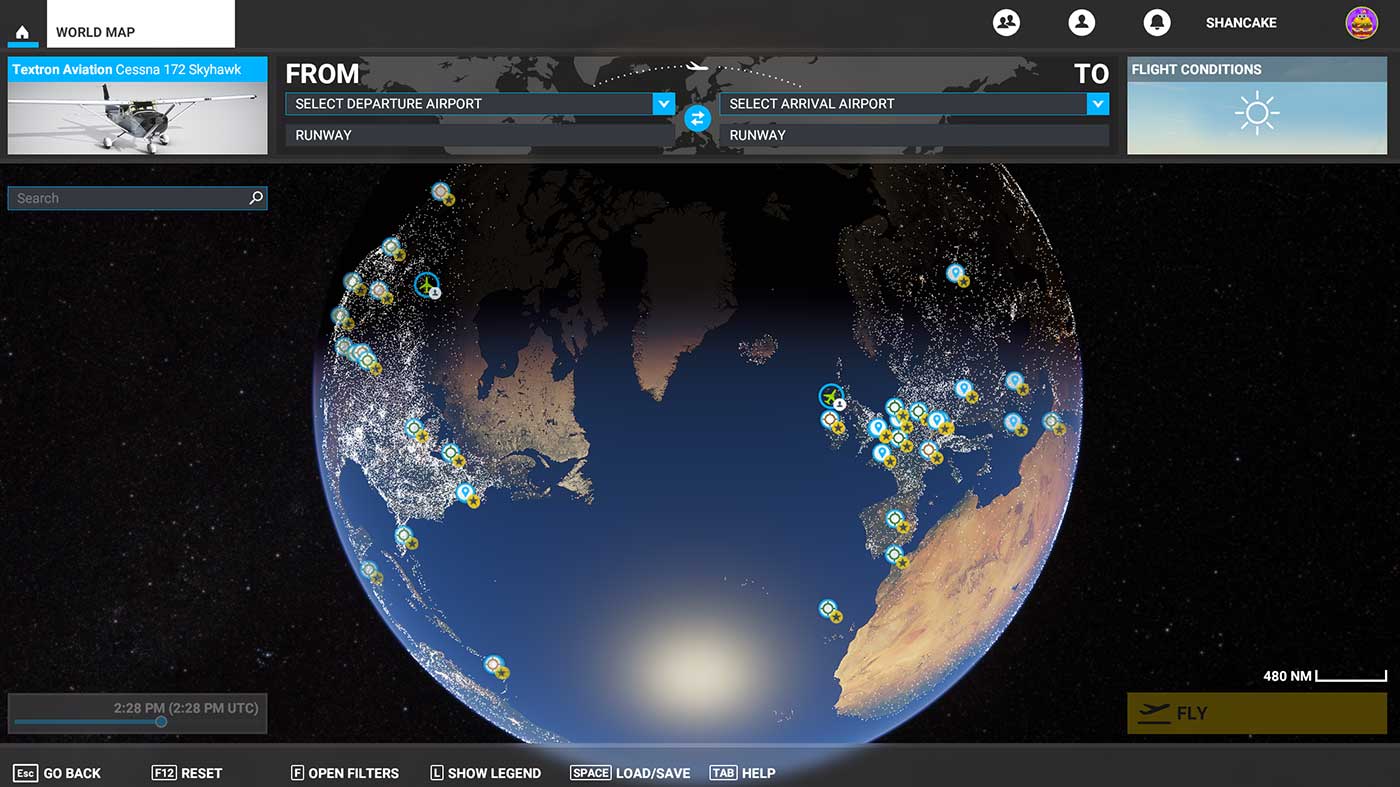
Just like how I couldn’t quite get my head around how the satellite streaming works, multiplayer equally blew me away with how seamless it is. The multiplayer works in the exact same way it does as if you were playing by yourself. You can see friends or other people on your world map, and you’re then able to jump to them (this works best when taking off from the same area). You’re then seamlessly loaded into the same world, with the freedom to pause, land wherever you like, stay as close to the other person you like or basically do whatever.
I can’t even imagine the challenge into making multiplayer in this game possible, and it could have easily ruined the experience, but somehow Asobo has done a really great job at making it seem as though you’re still flying across the world in one seamless universe that has other people in it (just like it ordinarily would). The drop in, drop out nature of it makes it feel like you’re not at all restricted, which is the most important thing for a game like this. There’s definitely a few tweaks that could potentially be made in terms of being able to transport to the same area as a party member automatically, and a few other little things, but it’s a gallant effort.
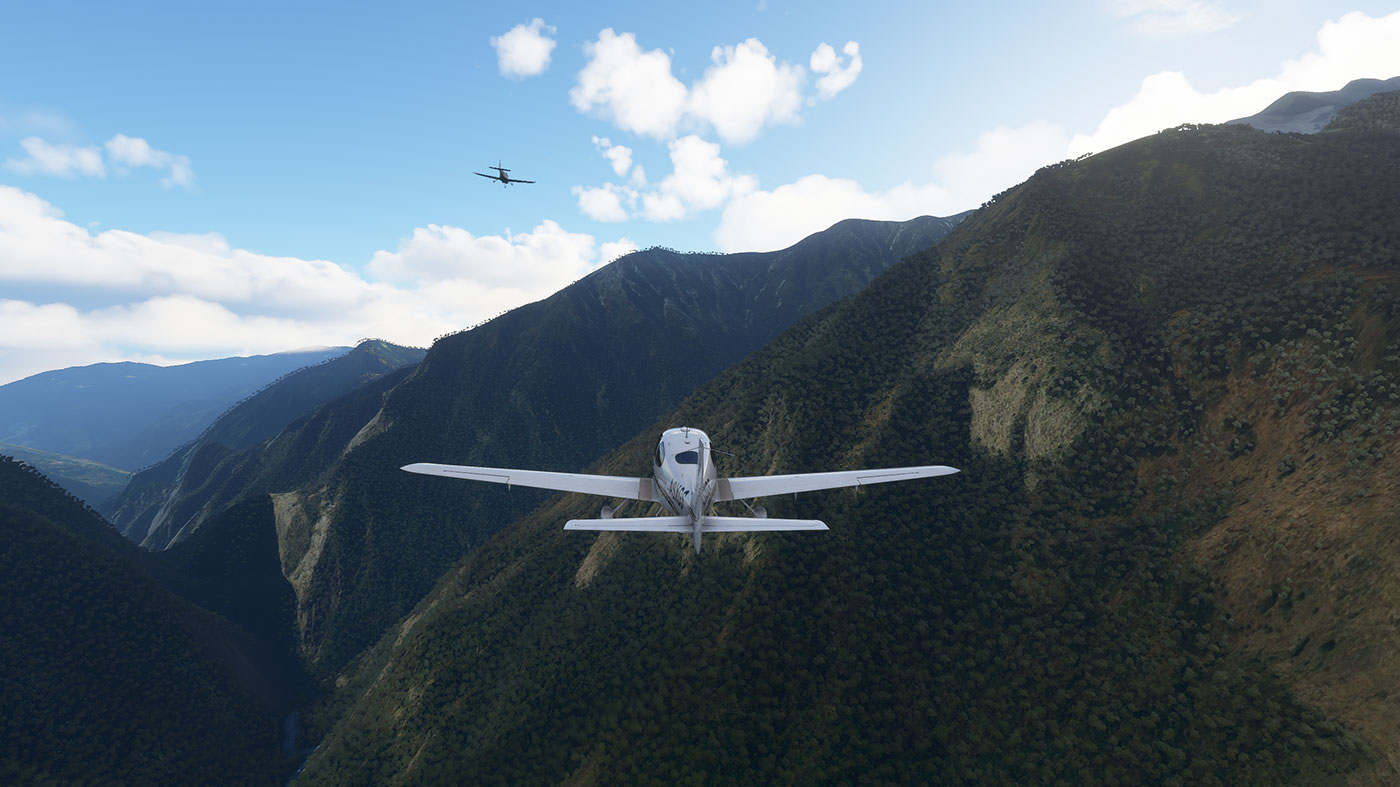
In terms of controls, assuming that most people don’t have a fully kitted out flight rig, you can use either the keyboard/mouse or a controller. I opted to use an Xbox Elite controller which worked quite well. Everything was well laid out, and I always felt that I had great control over my airplane. The game still does require you to use keyboard inputs every now and then (and you might struggle if you’re using a tenkeyless), but once you’re in the air, you’re fine to just use the controller.
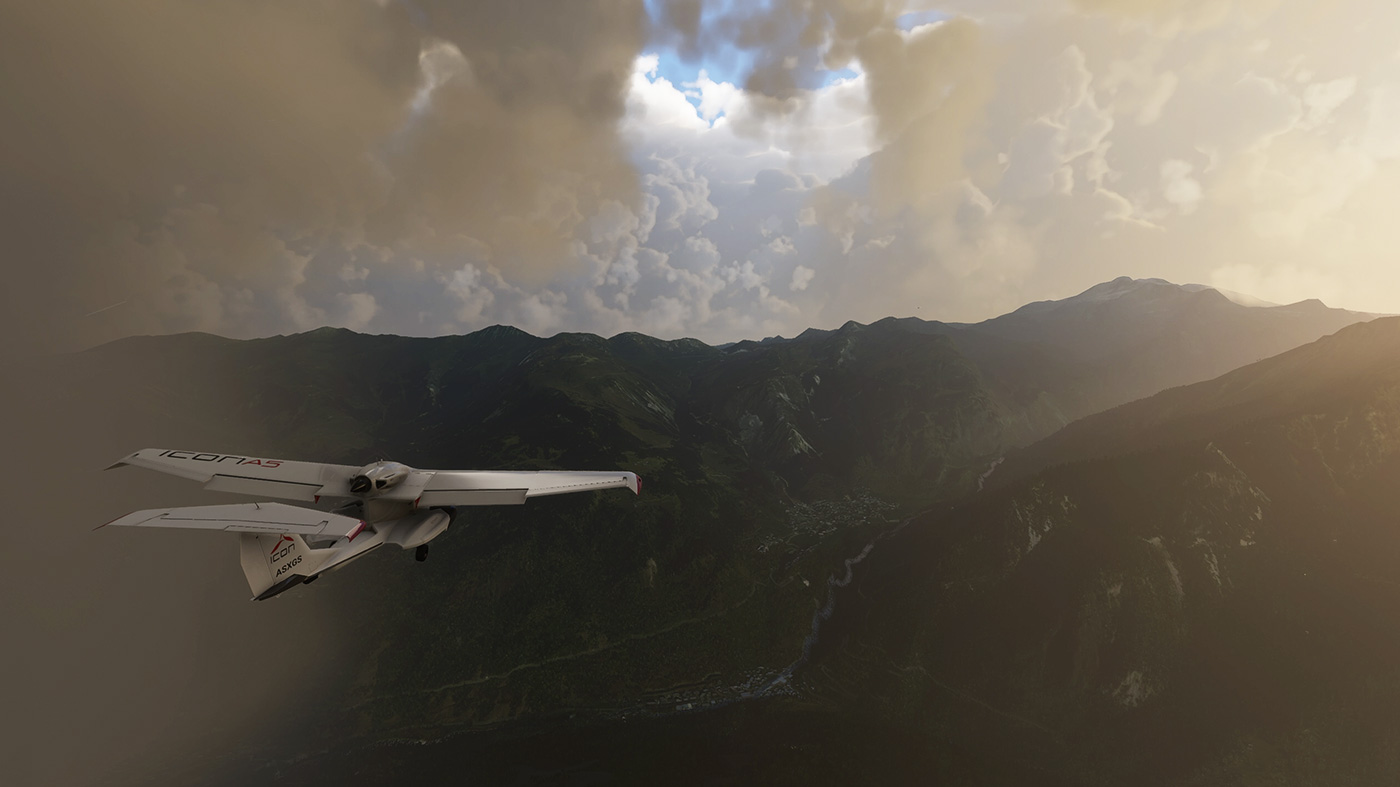
Once you’re in the air is where the magic begins. I’d be lying if I said I fully understood what was happening in the background to make the game look this great, with such astonishing detail, but my basic understanding is that the game is using Microsoft’s Azure servers in conjunction with Bing Maps in order to stream building and terrain data in from the cloud. The technology is obviously impressive, and it’s something that Microsoft has wanted to push for a long time, so it feels like we’re final seeing it come to life.
In the game, there’s 30 premium airports (40 in the premium edition) and 20 aircrafts (30 in the premium edition) ranging from jets to smaller propeller planes to a massive Boeing 747-8 that you’d be used to flying in. It’s worth mentioning that these premium airports are only one to one recreations, and that you can visit almost any airport in the world (I believe there’s well over 35,000 in the game). It’s just that these airports outside of the 30 premium airports are pulled from maps and won’t be one to one recreations.
I mentioned earlier that I was glad that the game didn’t overwhelm you with objectives or things to do, and I do like that, given it’s still a game that is made for simmers first and foremost, but I definitely do think there are things that could be added and improved before it releases on Xbox. There are a number of landing challenges and bush trek challenges which have you competing against other players and friends around the world. There’s also a live landing challenge which looks like it’ll be updated. These are a great start, but I do think that the team could add more “gamey elements” without taking away from the experience. Not necessarily, a full campaign, but maybe challenges that gradually build in difficulty. The way leaderboards are integrated are also a little bit clunky and could use a bit of work. At the end of the day, I understand that this is a platform and will be built up for years to come.
At the end of the day, if you’re wanting to play Microsoft Flight Simulator for the visuals alone (which I suspect is what will draw a lot of people in initially), then you’re going to absolutely love this game. Visually it is absolutely stunning. There’s nothing like coming out of a thunderstorm to see the sunlight, or coming above the clouds when taking off. Given most of the world is still in some form of lockdown right now, with the inability to fly anywhere in the world, it feels like Microsoft Flight Simulator is releasing at the perfect time. It’s going to provide so many people with the chance to fly over their hometown or just unwind by flying somewhere remote on the other side of the world.

